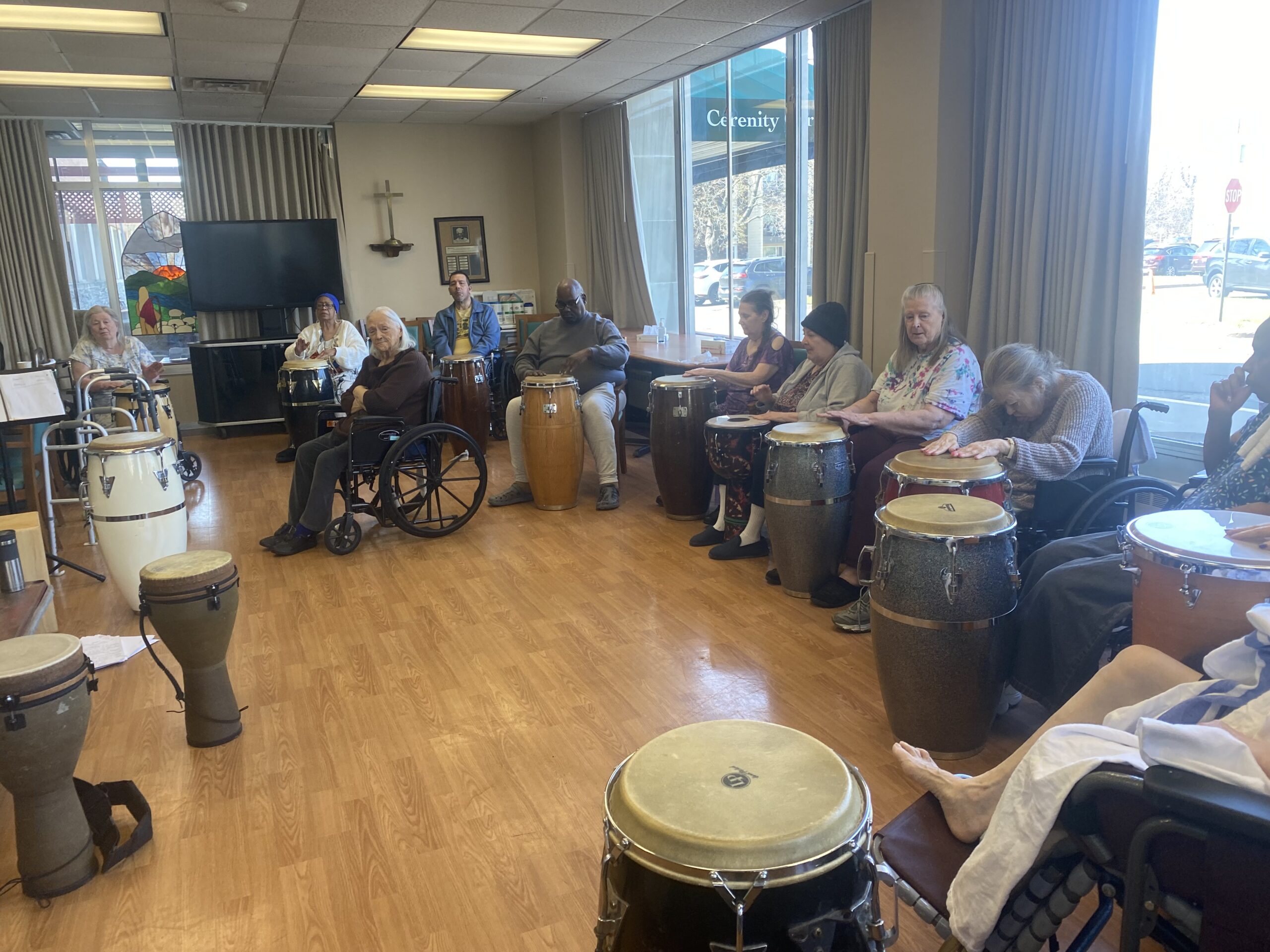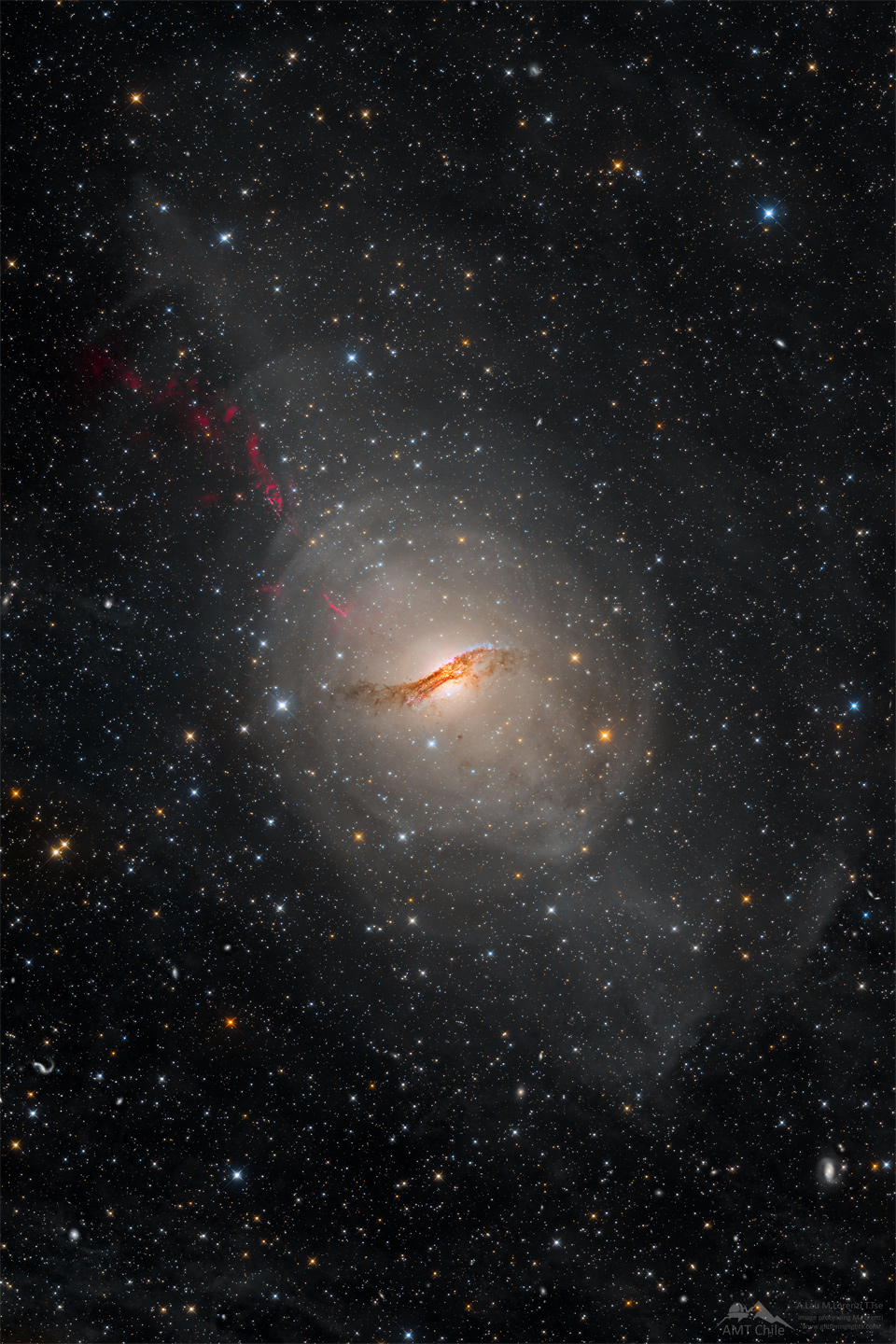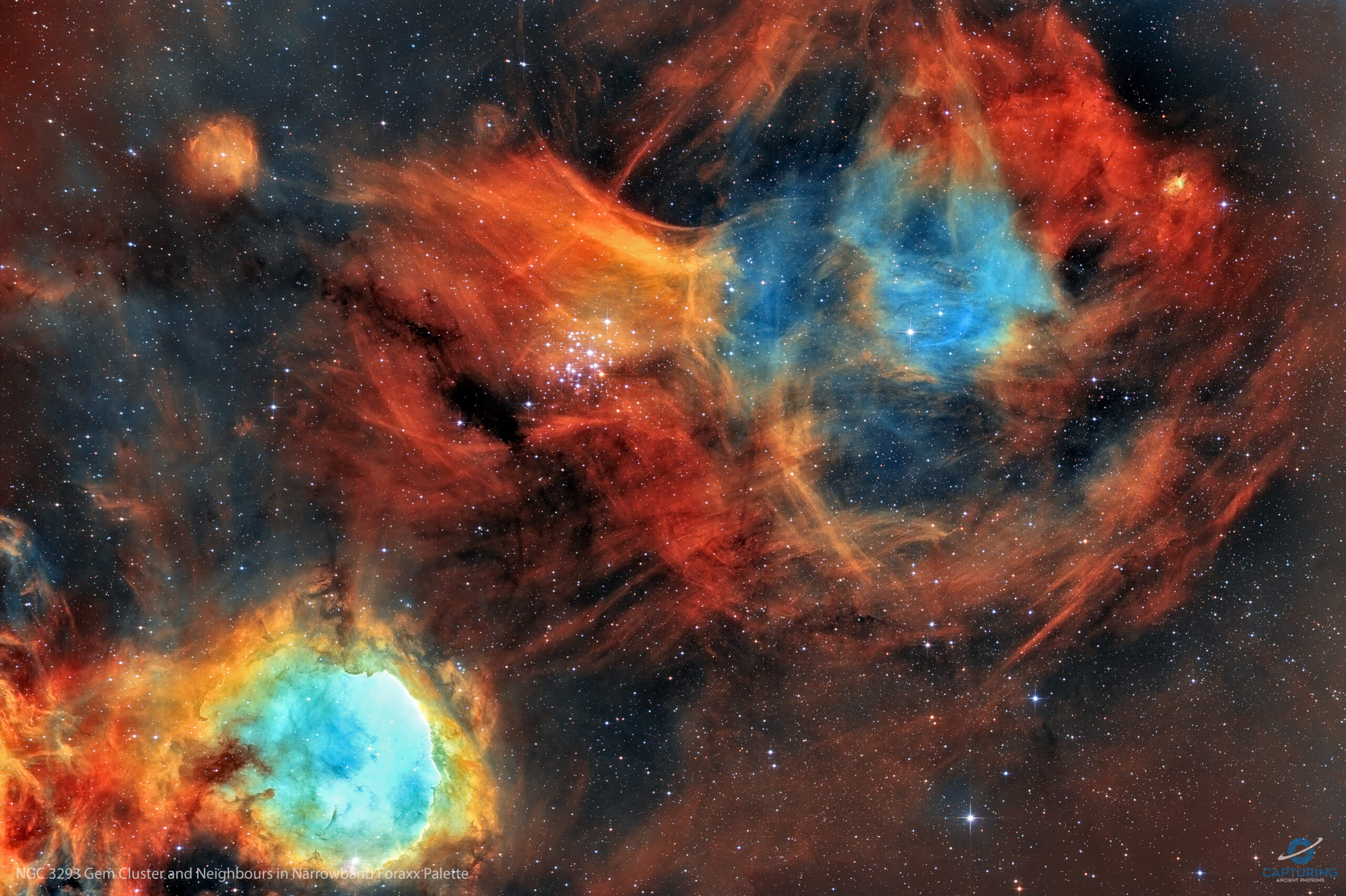Blog
Ronald Levin Carter (born May 4, 1937) is an American jazz double bassist. His appearances on 2,221 recording sessions make him the most-recorded jazz bassist in history. He has won three Grammy awards, and is also a cellist who has recorded numerous times on that instrument.
Some of his studio albums as a leader include: Blues Farm (1973), All Blues (1973), Spanish Blue (1974), Anything Goes (1975), Yellow & Green (1976), Pastels (1976), Piccolo (1977), Third Plane (1977), Peg Leg(1978), A Song for You (1978), Etudes (1982), The Golden Striker (2003), Dear Miles (2006), and Ron Carter’s Great Big Band (2011).
Carter was born in Ferndale, Michigan. He started playing the cello at the age of 10, and switched to bass while at Cass Tech High School. He earned a B.A. in music from the Eastman School of Music (1959) and a master’s degree in music from the Manhattan School of Music (1961).
Carter’s first jobs as a jazz musician were playing bass with Chico Hamilton in 1959, followed by freelance work with Jaki Byard, Cannonball Adderley, Randy Weston, Bobby Timmons, and Thelonious Monk. One of his first recorded appearances was on Hamilton alumnus Eric Dolphy‘s Out There, recorded on August 15, 1960, and featuring George Duvivier on bass, Roy Haynes on drums, and Carter on cello. The album’s advanced harmonies and concepts were in step with the third stream movement. In early October 1960, Carter recorded How Time Passes with Don Ellis, and on June 20, 1961, he recorded Where?, his first album as a leader, featuring Dolphy on alto sax, flute, and bass clarinet; Mal Waldron on piano; Charlie Persip on drums; and Duvivier playing basslines on tracks where Carter played cello.
https://www.youtube.com/watch?v=SjcdM66ullw
more...Donald Ernest Friedman (May 4, 1935 – June 30, 2016) was an American jazz pianist. He began playing in Los Angeles and moved to New York in 1958. In the 1960s, he played with both modern stylists and more traditional musicians.
Friedman was born on May 4, 1935, in San Francisco. Both of his parents immigranted to the United States: his father, Edward Friedman, was from Lithuania, and his mother, Alma Loew, was from Germany.He began playing the piano at the age of four, switching from classical music to jazz after his family moved to Los Angeles when he was fifteen. His early jazz piano influence was Bud Powell. Friedman briefly studied composition at Los Angeles City College. On the West Coast, Friedman performed with Dexter Gordon, Chet Baker, Buddy DeFranco, and Ornette Coleman. He was also a member of Clark Terry‘s big band.
more...Maurice “Moe” Purtill (May 4, 1916 – March 9, 1994), was an American swing jazz drummer, best known as the drummer for the Glenn Miller Orchestrafrom 1939 to 1942.
Born in Huntington, New York, Purtill dropped out of high school and started his career as a freelance drummer in New York Studios. At the age of 20, he was with the band of Red Norvo at the beginning of 1936. Later he joined Mildred Bailey. He played briefly with Miller in 1937, then worked with Tommy Dorsey in 1938-39 before picking up with Miller again from 1939-1942, when Miller had the bulk of his hits. After the breakup of Miller’s band in 1942, Purtill played with Kay Kyser until 1944, then joined the U.S. Navy. After his discharge, he played briefly in 1946 with the reformed Glenn Miller Orchestradirected by Tex Beneke. Purtill went on to record in the studio on various projects. He participated in a few Miller reunions, although he did not like to discuss his time in the band. He was good friends with Buddy Rich, Trigger Alpert and saxophonist Jack Palmer. Purtill lived in New York City until the early 1970s when he moved to Sarasota, Florida. Moe Purtill retired in 1978. He died at Valley Hospital in Ridgewood, New Jersey.
more...Third in a series of 9 workshops at Cerenity Humboldt Senior Care in St Paul. (https://cerenityseniorcare.org/cerenity-senior-care-humboldt-st-paul-mn/). Celebrating world rhythms culminating into a last day performance.

more...
In galaxies, gravity alone holds together massive collections of stars, dust, interstellar gas, stellar remnants and dark matter. Pictured is NGC 5128, better known as Centaurus A. Cen A is the fifth brightest galaxy on the sky and is located at a distance of about 12 million light years from Earth. The warped shape of Cen A is the result of a merger between an elliptical and a spiral galaxy. Its active galactic nucleus harbors a supermassive black hole that is about 55 million times more massive than our Sun. This central black hole ejects a fast jet visible in both radio and X-ray light. Filaments of the jet are visible in red in the upper left. New observations by the Event Horizon Telescope have revealed a brightening of the jet only towards its edges — but for reasons that are currently unknown and an active topic of research.

more...
Mary Hopkin (born 3 May 1950), credited on some recordings as Mary Visconti from her marriage to Tony Visconti, is a Welsh singer best known for her 1968 UK number 1 single “Those Were the Days“. She was one of the first artists to be signed to the Beatles‘ Apple label.
Hopkin was born into a Welsh-speaking family in Pontardawe, Wales; her father worked as a housing officer. She took weekly singing lessons as a child and began her musical career as a folk singer with a local group called the Selby Set and Mary. She released an EP of Welsh-language songs for a local record label called Cambrian, based in her hometown, before signing to Apple Records, owned by the Beatles, one of the first artists to do so. The model Twiggy saw her winning the ITV television talent show Opportunity Knocks and recommended her to Paul McCartney.
more...James Joseph Brown (May 3, 1933 – December 25, 2006) was an American musician. The central progenitor of funk music and a major figure of 20th century music, he is referred to by various honorific nicknames, some of which include “the Hardest Working Man in Show Business”, “Godfather of Soul”, “Mr. Dynamite”, and “Soul Brother No. 1”.[1] In a career that lasted more than 50 years, he influenced the development of several music genres.[2] Brown was one of the first 10 inductees into the Rock and Roll Hall of Fame at its inaugural induction in New York on January 23, 1986.
Brown began his career as a gospel singer in Toccoa, Georgia. He rose to prominence in the mid-1950s as the lead singer of the Famous Flames, a rhythm and blues vocal group founded by Bobby Byrd. With the hit ballads “Please, Please, Please” and “Try Me“, Brown built a reputation as a dynamic live performer with the Famous Flames and his backing band, sometimes known as the James Brown Band or the James Brown Orchestra. His success peaked in the 1960s with the live album Live at the Apollo and hit singles such as “Papa’s Got a Brand New Bag“, “I Got You (I Feel Good)” and “It’s a Man’s Man’s Man’s World“.
During the late 1960s, Brown moved from a continuum of blues and gospel-based forms and styles to a profoundly “Africanized” approach to music-making, emphasizing stripped-down interlocking rhythms that influenced the development of funk music. By the early 1970s, Brown had fully established the funk sound after the formation of the J.B.s with records such as “Get Up (I Feel Like Being a) Sex Machine” and “The Payback“. He also became noted for songs of social commentary, including the 1968 hit “Say It Loud – I’m Black and I’m Proud“. Brown continued to perform and record until his death from pneumonia in 2006.
Brown recorded and released 17 singles that reached No. 1 on the Billboard R&B charts. He also holds the record for the most singles listed on the Billboard Hot 100 chart that did not reach No. 1. Brown was posthumously inducted into the first class of the Rhythm & Blues Music Hall of Fame in 2013 as an artist and then in 2017 as a songwriter. He also received honors from several other institutions, including inductions into the Black Music & Entertainment Walk of Fame and the Songwriters Hall of Fame. In Joel Whitburn‘s analysis of the Billboard R&B charts from 1942 to 2010, Brown is ranked No. 1 in the Top 500 Artists. He is ranked seventh on Rolling Stone‘s list of the 100 Greatest Artists of All Time.
Brown was born on May 3, 1933, in Barnwell, South Carolina, to 16-year-old Susie (née Behling; 1916–2004) and 21-year-old Joseph Gardner Brown (1912–1993) in a small wooden shack. Brown’s name was supposed to have been Joseph James Brown, but his first and middle names were mistakenly reversed on his birth certificate. In his autobiography, Brown stated that he had Chinese and Native American ancestry and that his father was of mixed African-American and Native American descent, while his mother was of mixed African-American and Asian descent.
more...John Aaron Lewis (May 3, 1920 – March 29, 2001) was an American jazz pianist, composer and arranger, best known as the founder and musical director of the Modern Jazz Quartet.
John Lewis was born in La Grange, Illinois, and after his parents’ divorce moved with his mother, a trained singer, to Albuquerque, New Mexico when he was two months old. She died from peritonitis when he was four and he was raised by his grandmother and great-grandmother. He began learning classical music and piano at the age of seven. His family was musical and had a family band that allowed him to play frequently and he also played in a Boy Scout music group. Even though he learned piano by playing the classics, he was exposed to jazz from an early age because his aunt loved to dance and he would listen to the music she played. He attended the University of New Mexico, where he led a small dance band that he formed and double majored in Anthropology and Music. His piano teacher at the university was Walter Keller, to whom he paid tribute on the title composition of the Modern Jazz Quartet’s 1974 album In Memoriam. Eventually, he decided not to pursue Anthropology because he was advised that careers from degrees in the subject did not pay well. In 1942, Lewis entered the Army and played piano alongside Kenny Clarke, who influenced him to move to New York once their service was over. Lewis moved to New York in 1945 to pursue his musical studies at the Manhattan School of Music and eventually graduated with a master’s degree in music in 1953. Although his move to New York turned his musical attention more towards jazz, he still frequently played and listened to classical works and composers such as Chopin, Bach and Beethoven.
more...Peter Seeger (May 3, 1919 – January 27, 2014) was an American folk singer and social activist. A fixture on nationwide radio in the 1940s, Seeger also had a string of hit records during the early 1950s as a member of the Weavers, notably its recording of Lead Belly‘s “Goodnight, Irene“, which topped the charts for 13 weeks in 1950. Members of the Weavers were blacklisted during the McCarthy Era. In the 1960s, Seeger re-emerged on the public scene as a prominent singer of protest music in support of international disarmament, civil rights, counterculture, workers’ rights, and environmental causes.
A prolific songwriter, his best-known songs include “Where Have All the Flowers Gone?” (with additional lyrics by Joe Hickerson), “If I Had a Hammer (The Hammer Song)” (with Lee Hays of the Weavers), “Kisses Sweeter Than Wine” (also with Hays), and “Turn! Turn! Turn! (To Everything There Is a Season), which have been recorded by many artists both in and outside the folk revival movement. “Flowers” was a hit recording for the Kingston Trio (1962); Marlene Dietrich, who recorded it in English, German and French (1962); and Johnny Rivers (1965). “If I Had a Hammer” was a hit for Peter, Paul and Mary (1962) and Trini Lopez (1963) while the Byrds had a number one hit with “Turn! Turn! Turn!” in 1965.
Seeger was one of the folk singers responsible for popularizing the spiritual “We Shall Overcome” (also recorded by Joan Baez and many other singer-activists), which became the acknowledged anthem of the civil rights movement, soon after folk singer and activist Guy Carawan introduced it at the founding meeting of the Student Nonviolent Coordinating Committee (SNCC) in 1960. In the PBS American Masters episode “Pete Seeger: The Power of Song“, Seeger said it was he who changed the lyric from the traditional “We will overcome” to the more singable “We shall overcome”.
Seeger was born on May 3, 1919, at the French Hospital, Midtown Manhattan. His family, which Seeger called “enormously Christian, in the Puritan, Calvinist New England tradition”, traced its genealogy back over 200 years. A paternal ancestor, Karl Ludwig Seeger, a physician from Württemberg, Germany, had emigrated to America during the American Revolution and married into the old New England family of Parsons in the 1780s.
more...The Great Carina Nebula is home to strange stars and iconic nebulas. Named for its home constellation, the huge star-forming region is larger and brighter than the Great Orion Nebula but less well known because it is so far south — and because so much of humanity lives so far north. The featured image shows in great detail the northernmost part of the Carina Nebula. On the bottom left is the Gabriela Mistral Nebulaconsisting of an emission nebula of glowing gas (IC 2599) surrounding the small open cluster of stars (NGC 3324). Above the image center is the larger star cluster NGC 3293, while to its right is the emission nebula Loden 153. The most famous occupant of the Carina Nebula, however, is not shown. Off the image to the lower right is the bright, erratic, and doomed star known as Eta Carinae — a star once one of the brightest stars in the sky and now predicted to explode in a supernova sometime in the next few million years.

Lesley Sue Goldstein (May 2, 1946 – February 16, 2015), known professionally as Lesley Gore, was an American singer, songwriter, actress, and activist. At the age of 16, she recorded the pop hit “It’s My Party“, a US number one in 1963. She followed it up with ten further Billboard top 40 hits including “Judy’s Turn to Cry” and “You Don’t Own Me“.
Gore later worked as an actress and television personality. She composed songs with her brother Michael Gore for the 1980 film Fame, for which he won an Academy Award. She hosted several editions of the LGBT-oriented public television show, In the Life, on American TV in the 2000s.
Gore was born Lesley Sue Goldstein in Brooklyn, New York City, into a middle-class Jewish family. The daughter of Leo Goldstein and Ronny Gore, her father was the owner of Peter Pan, a children’s swimwear and underwear manufacturer, and later became a leading brand licensing agent in the apparel industry.She was raised in Tenafly, New Jersey, and attended the Dwight School for Girls in nearby Englewood. She also attended Sarah Lawrence College.
more...May 2nd 1933 – 2004; Legendary and highly-respected Philadelphia pianist / keyboardist Eddie Green was a sideman on dozens of projects, and finally released two CDs as a leader, the long out-of-print debut “This One’s For You” and his posthumously-released coda Shades of Green.
After informal tutoring with Bud and Richie Powell and studying harmony, theory, composition and arranging at Combs College of Music, Eddie Green performed with the likes of Dexter Gordon, Slide Hampton, Donald Byrd, Hank Crawford, Max Roach, Betty Carter, Gary Bartz, George Coleman, Junior Cook and many others. He was on records that went “gold:” Billy Paul’s “Me and Mrs. Jones” and Lou Rawls’ “When You’ve Heard Lou, You’ve Heard It All.” His distinctive touch graced albums by guitar virtuoso Pat Martino, Sonny Criss and Jean Carn; in addition to his musicianship, his talents as as a composer were spotlighted on recordings by his own groundbreaking ’70s fusion group Catalyst, the Odean Pope Saxophone Choir, Rochelle Ferrelle and Suzanne Cloud.
Green appeared internationally at the Mt. Fuji (Japan), North Sea (Holland), Montreaux (Switzerland) and Nice (France) Jazz Festivals. Locally in Philadelphia, he was awarded honors by the Trane Stop Resource Institute, the City of Philadelphia and the Mill Creek Jazz and Cultural Society for both the 1993 and 1994 “Reader’s Choice” Best Jazz Piano. Eddie Green never omitted the listener from his Jazz equation.
more...Richard Arnold “Groove” Holmes (May 2, 1931 – June 29, 1991) was an American jazz organist who performed in the hard bop and soul jazz genre. He is best known for his 1965 recording of “Misty“.
Holmes’s first album, on Pacific Jazz with guest Ben Webster, was recorded in March 1961. He recorded many albums for Pacific Jazz, Prestige, Groove Merchant, and Muse, many of them with Houston Person.
He died of a heart attack after battling prostate cancer, having performed his last concerts in a wheelchair.One of his last gigs was at the 1991 Chicago Blues Festival with his longtime friend, singer Jimmy Witherspoon.
more...More Posts
- Shabbat for the Soul Mt Zion
- Cosmos Aurora Banks Peninsula
- Bill Bruford
- Taj Mahal
- Jackie McLean
- Dewey Redman
- Flamenco Fridays José Anillo
- Daily Roots King Tubby and the Aggrovators
- Cosmos NGC 7023
- Billy Cobham
- Betty Carter
- World Music Hardanger Fiddle
- Daily Roots King Jammy
- Native American Dog Story
- Rhythm Roots Workshop Residency Ecumen Lakeview Commons Assisted Living and Memory Care in Maplewood
- Cosmos Sun AR 3664
- Brian Eno
- Trini López
- Oscar Castro-Neves
- Ellis Larkins